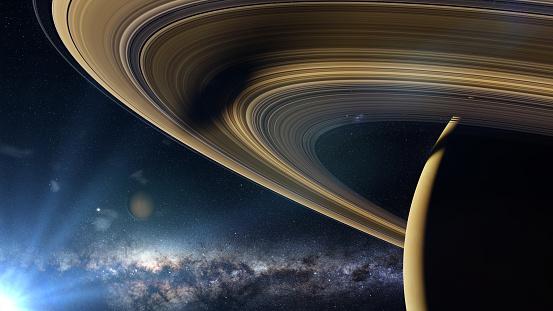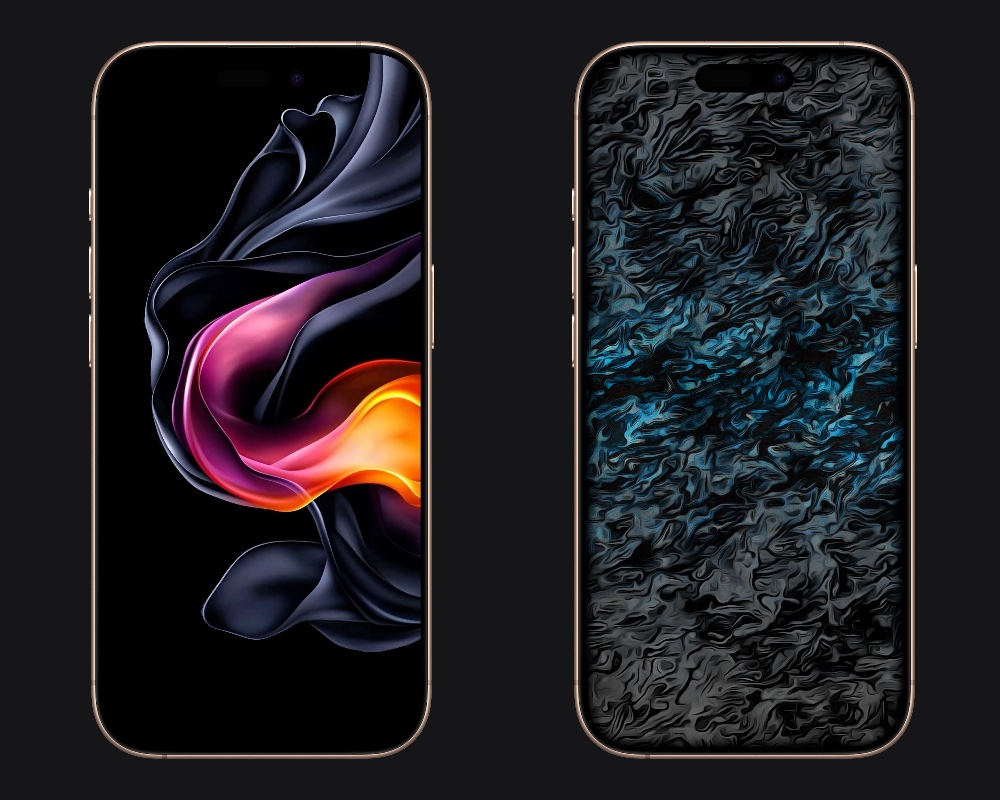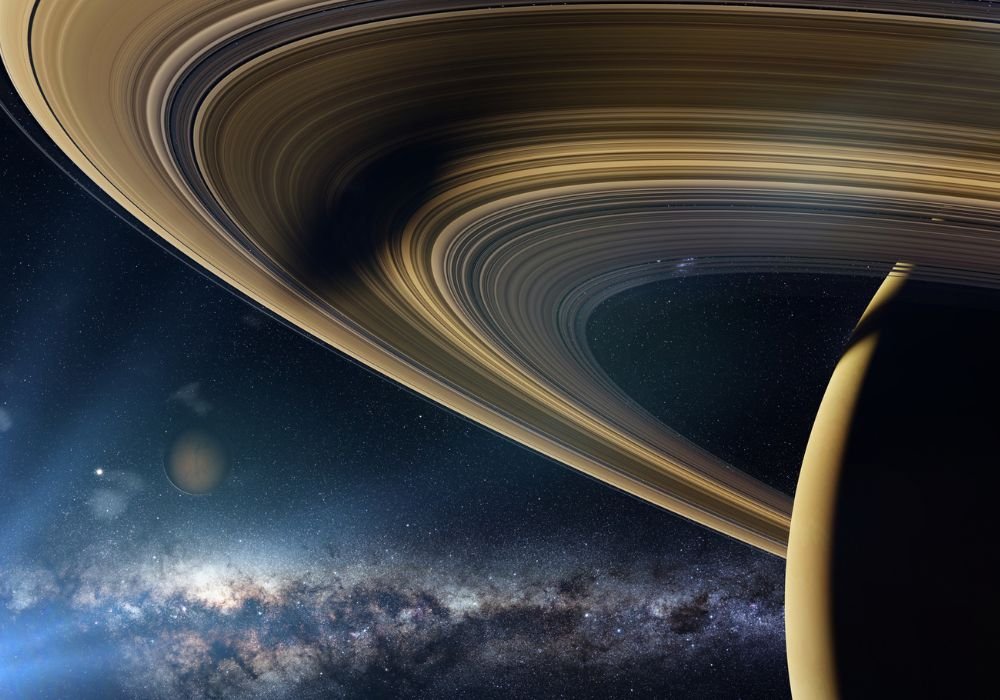According to a new study published in the scientific journal The Astrophysical Journal, a team of scientists A series of simulations that may offer some answers about Saturn’s mysteries. For example, from data fed into supercomputers, researchers claim that a massive impact may have been responsible for Saturn’s rings.
In a study led by scientists from NASA and the universities of Durham and Glasgow in the UK, simulation provides evidence that the collision of two icy moons 4.5 billion years ago likely created Saturn’s rings. These moons were probably similar in size to the planet’s two existing moons: Dione and Rhea.
Researchers simulated In almost 200 different scenarios and simulations of collisions between moons, debris from the explosion was responsible for the formation of the rings in most of them. Moreover, remnants of cosmic rocks that did not travel to Saturn may have helped form the planet’s current moons.
“We tested a hypothesis about the recent formation of Saturn’s rings and found that impacts by icy moons could send enough material close to Saturn to form the rings we see now. This scenario naturally leads to ice-rich rings because when parent moons collide with each other, the colliding rocks in the cores of objects are less dispersed than the overlying ice,” said co-author Vincent Eke, an associate professor in the Department. Department of Physics/Institute for Computational Cosmology, Durham University.
Supercomputers and Saturn’s rings
Most of our knowledge about Saturn comes from data collected during the Cassini spacecraft mission, which collected information for 13 years. The ship managed to detect this the composition of the rings consists mainly of ice and that they have accumulated very little cosmic dust pollution since their emergence.

The following expression was used in the article: Supercomputer COSMA and open source software SWIFT from Durham University’s Institute for Computational Cosmology To perform different hydrodynamic simulations. Although they found a possible answer to the origin of the rings, they still could not answer why there were almost no rocks in the rings.
“The apparent geological youth of Saturn’s rings has been a puzzle ever since the Voyager probes sent back the first images of the planet. This collaboration allowed us to examine the possible conditions of their creation with fascinating results,” said Luis, another study author. Teodoro is from the School of Physics and Astronomy at the University of Glasgow.
Did you like the content? Stay up to date with more astronomy curiosities at TecMundo and take the opportunity to learn about Saturn’s massive storms.
Source: Tec Mundo
I’m Blaine Morgan, an experienced journalist and writer with over 8 years of experience in the tech industry. My expertise lies in writing about technology news and trends, covering everything from cutting-edge gadgets to emerging software developments. I’ve written for several leading publications including Gadget Onus where I am an author.













